Children's Education
Create a Dreamy Study Space on a Budget: 6 DIY Ideas
With the school year approaching, it's the perfect time to organize and design a comfortable study space for your kids. But what if you're on a budget? We've crafted a creative guide full of solutions to ensure a perfect study nook without breaking the bank. DIY style.
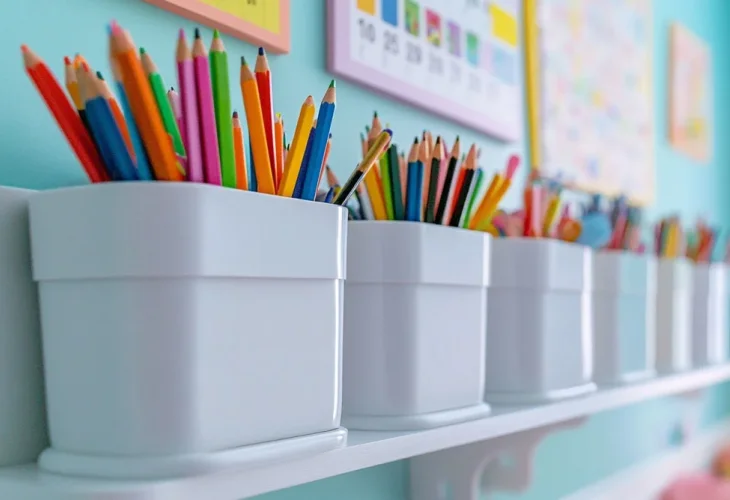
Ever dreamed of a stylish and inviting study space for your kids? Admire those perfectly curated study corners but think it’s impossible to create one on a budget? Think again. Designing a study area yourself is a great opportunity to craft a cozy, inspiring, and personalized learning environment, even without spending a fortune. But how do you make a space that fits your child’s needs and preferences perfectly? Here are six simple, budget-friendly tips and ideas to help you get started.

1. Planning and Organization
Assess your child's needs before you start. Sit with your child and understand together what their needs and preferences are. Do they need a space for a computer? Book storage? Craft projects? Understanding their needs will help you plan the space optimally.

2. Pick the Perfect Spot and Lighting
Choose a quiet and pleasant place at home to transform into the study area. This can be a corner in the children's room, or if the room is small and lacks space, part of the living room. Clean and arrange the area, make sure there's enough natural light or install a lamp that provides sufficient light. No need to go overboard with expensive light fixtures. The important thing is that the place is well-lit. If the corner is in the children's room, you might consider painting the wall above the desk with a solid color or a pattern. Yellow invigorates and refreshes, pastel shades soothe, and green encourages growth and helps with concentration. You can get some beautiful ideas here.

3. What About a Desk?
Got an old writing desk that's seen better days? There are many guides online that show how you can revamp and rejuvenate an old table with a few coats of paint and a bit of sanding. Don't want to paint? Nowadays, You can quickly transform it by applying inexpensive wallpaper for an easy and stylish upgrade.
Looking for something newer? Explore local buy-and-sell groups, second-hand websites, and community email lists. Many people offer furniture for free or at very low prices, making it easy to find something that fits your needs.
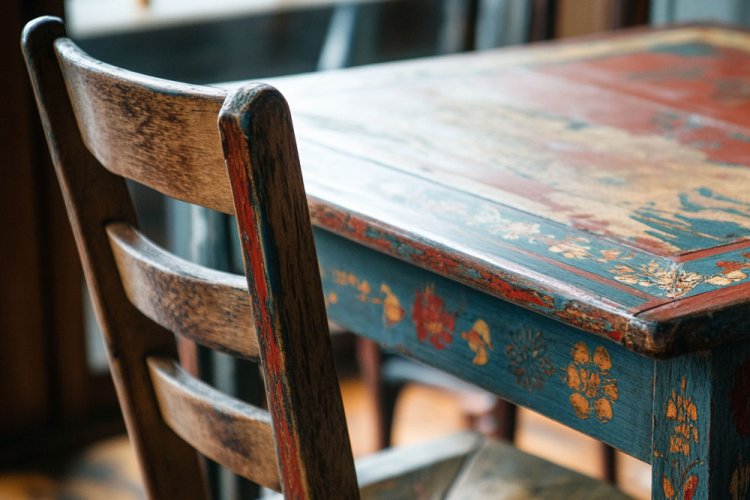
4. Simple Shelving Solutions
For storing books and educational supplies, consider installing simple shelves. You can find affordable options at stock stores or browse giveaway and second-hand websites. Choose a color that complements the room’s design, and if you’re unsure, classic white is always a safe choice as it blends easily and lets colorful accessories stand out. Be sure to measure your wall space before purchasing to ensure a good fit. It’s also important to check the shelf’s quality, and if buying second-hand, confirm with the seller how much weight it can hold, especially if you plan to store heavy textbooks.

5. Store in Style
To create practical and fun storage solutions, you can use inexpensive plastic boxes, wicker baskets, or even shoeboxes covered with sticker wallpaper. There are endless possibilities for turning everyday items into storage containers. Shoeboxes and cardboard toilet paper rolls work perfectly for holding writing tools, papers, and small items. Adding labels to each box helps keep everything organized.
Make storage a creative activity by setting aside a few hours to decorate the containers with your children. Let them personalize at least part of the boxes, giving them a sense of ownership and pride in the process. You can choose a consistent design style for a polished look or embrace a freestyle approach, letting everyone decorate according to their own taste.
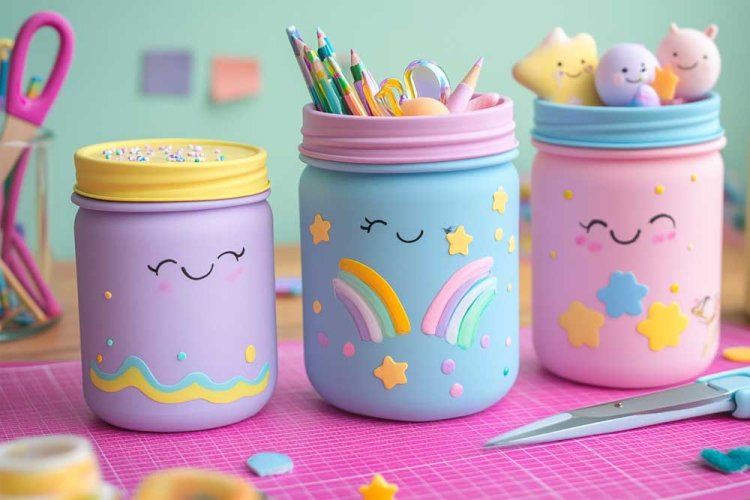
6. Personal Touch
Add a corkboard or small magnetic board to the wall above your child’s desk. It’s a simple and affordable way to display schedules, important notes, and reminders. These boards are easy to find at most budget-friendly stores and can help keep your child organized and focused.
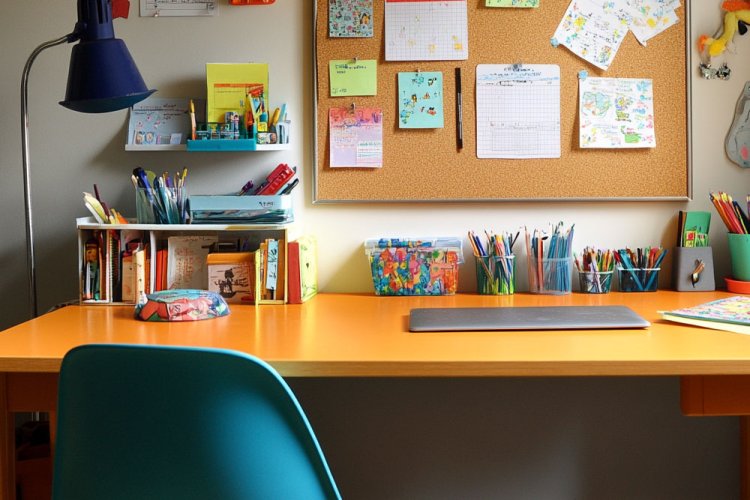
Another option, which takes a bit more time and investment, is using magnetic paint, available at local hardware stores. Apply it to a section of the wall, then add a layer of regular paint on top. The result is a magnetized surface where you can easily display artwork, photos, and notes using small magnets.

Encourage your child to add their personal touch, with drawings, posters, and personal items that can inspire and foster creativity.
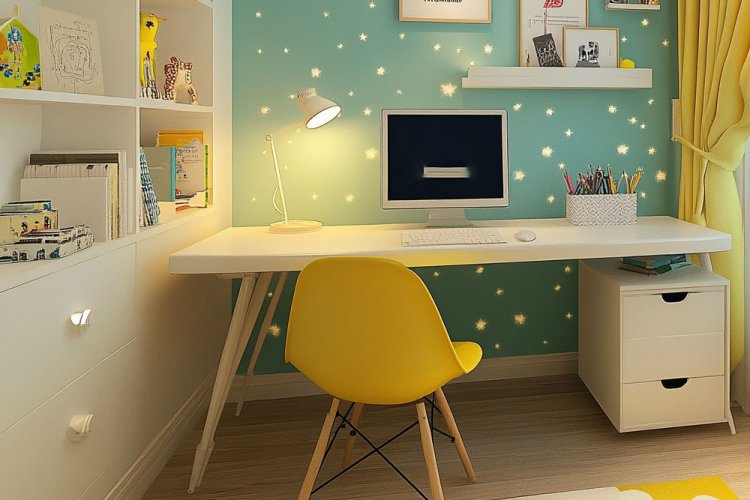
Creating a personalized study space for your child can be a fun and rewarding project, even on a limited budget. With a bit of creativity, careful planning, and the use of affordable or recycled materials, you can design a tidy and inviting area that supports focused learning. Involve your child in the process, turn the setup into a shared activity, and enjoy the sense of accomplishment and pride when you see the final result together.
Got more ideas for creating a study space for kids? Let us know in the comments.

